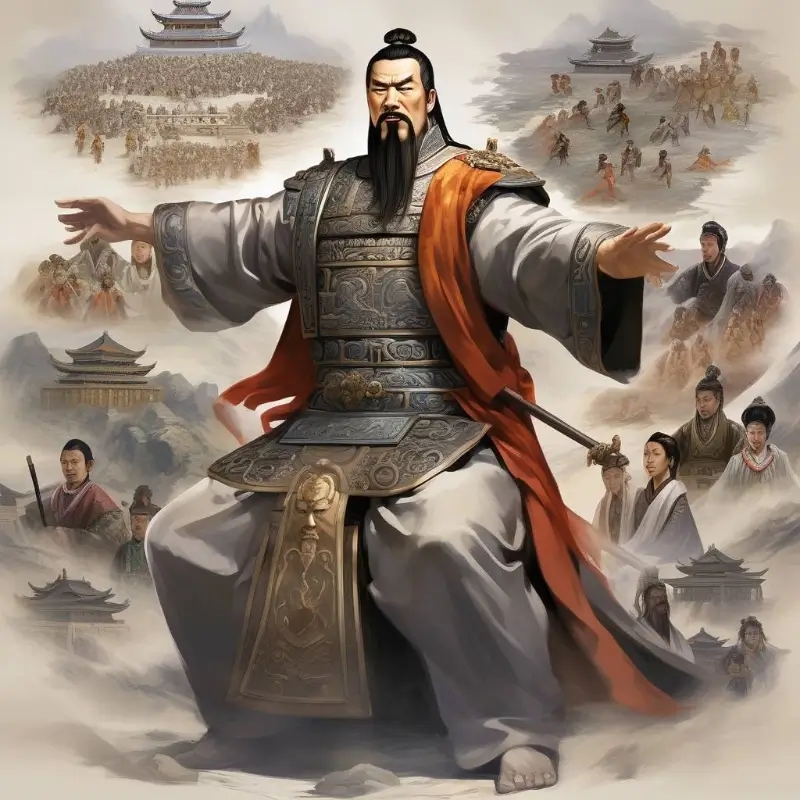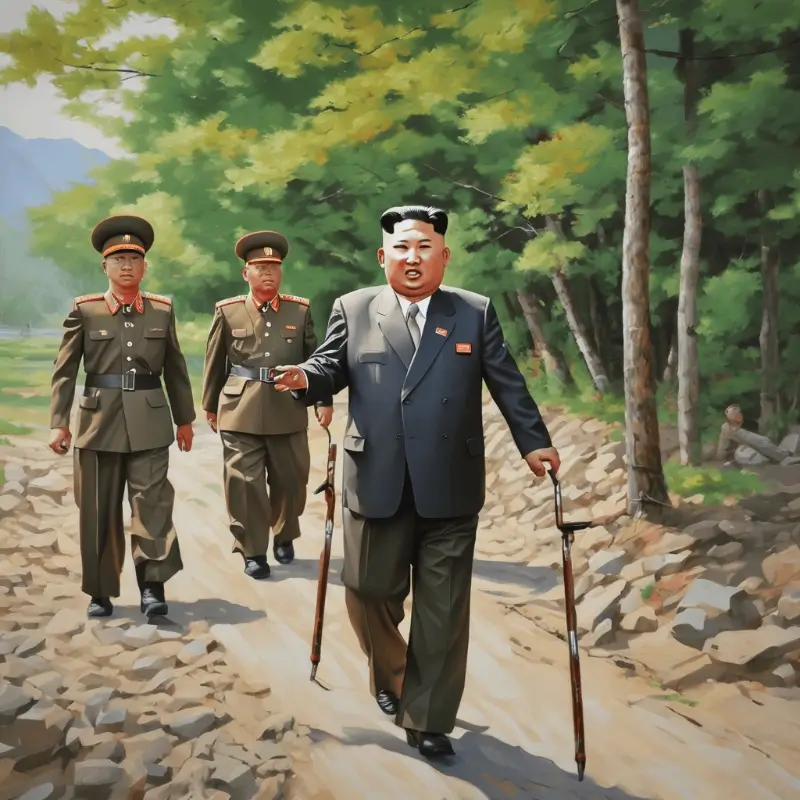why can’t Qin Shihuang’s tomb be dug?
The tomb of Qin Shihuang, the first Emperor of the Qin Dynasty, has not been extensively excavated due to several reasons:
- Tomb Complex and Traps: Historical records suggest that the tomb is surrounded by a complex system of traps, including arrows, boiling oil, and even rivers of mercury. These traps were designed to protect the emperor’s resting place and have been a major deterrent to excavation.Despite advances in modern archaeological technology, safely disarming these traps and extracting and removing them intact remains a huge challenge.
- Mercury Concerns: It is believed that the tomb contains a large amount of mercury, which could be extremely dangerous to excavators and could potentially harm the environment if released. The precise quantity and distribution of mercury within the tomb are not known, which adds to the risks associated with excavation.
- Technological Limitations: The vast scale and complexity of the tomb present significant challenges for current archaeological technology. Non-invasive methods such as ground-penetrating radar and remote sensing have been limited by the unique geological conditions around the tomb.
- Conservation Issues: Any excavation of such an historically significant site must be approached with great care to avoid damaging the delicate artifacts and structures. Light, air, and temperature changes can all cause deterioration, and it is crucial to preserve the tomb as it is.
- Political and Cultural Sensitivities: The tomb holds great cultural and historical significance for China, and there are concerns about how the international community would view the excavation and how it would be portrayed globally. There are also domestic sensitivities surrounding the tomb, and any excavation would be closely scrutinized for its impact on Chinese national identity and heritage.
- Academic Debate: There is ongoing debate among archaeologists and historians about the best approach to take with regard to the tomb. Some argue that the risks of excavation outweigh the potential rewards, while others believe that the knowledge that could be gained from a thorough excavation would significantly enrich our understanding of this critical period in Chinese history.
In summary, while there is a strong desire to uncover the secrets of Qin Shihuang’s tomb, the practical, technical, and conservation challenges, along with political and cultural considerations, have thus far prevented a full-scale excavation. The Chinese government has expressed a preference for a cautious and conservative approach to protect this important cultural heritage.



